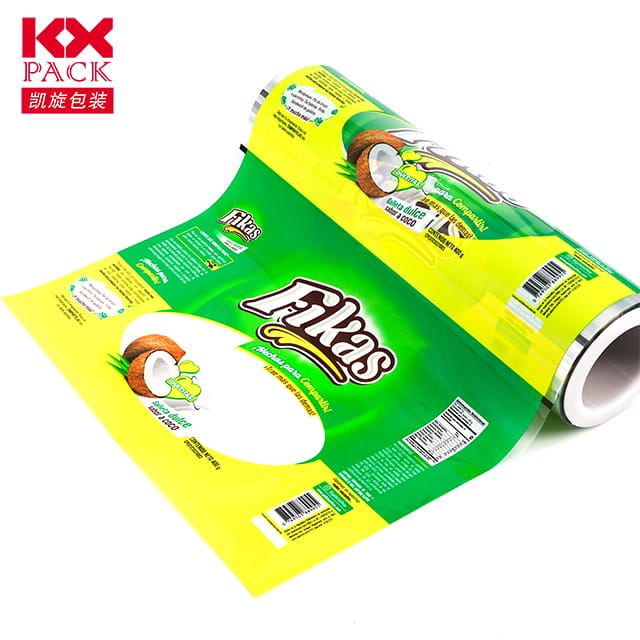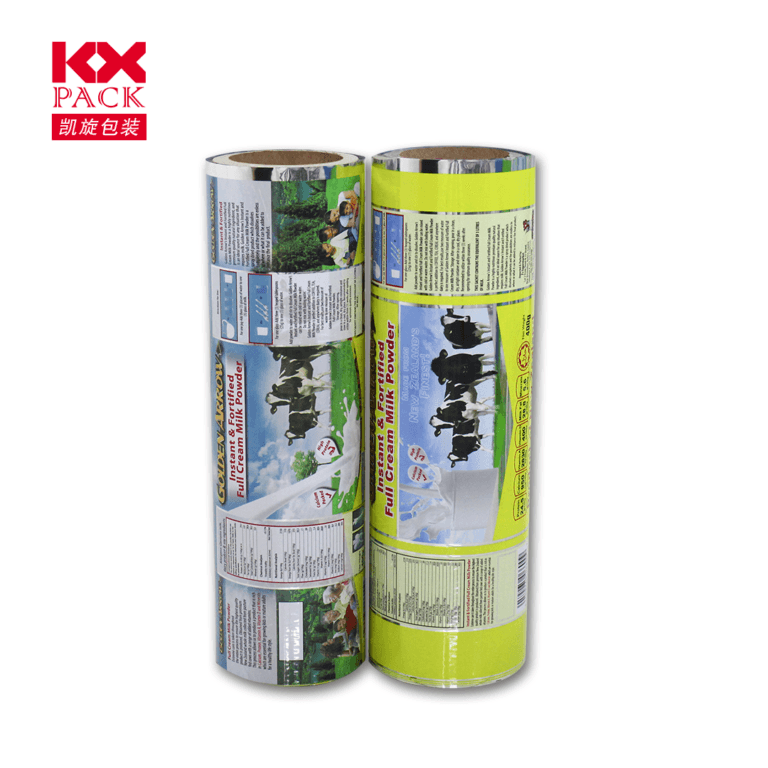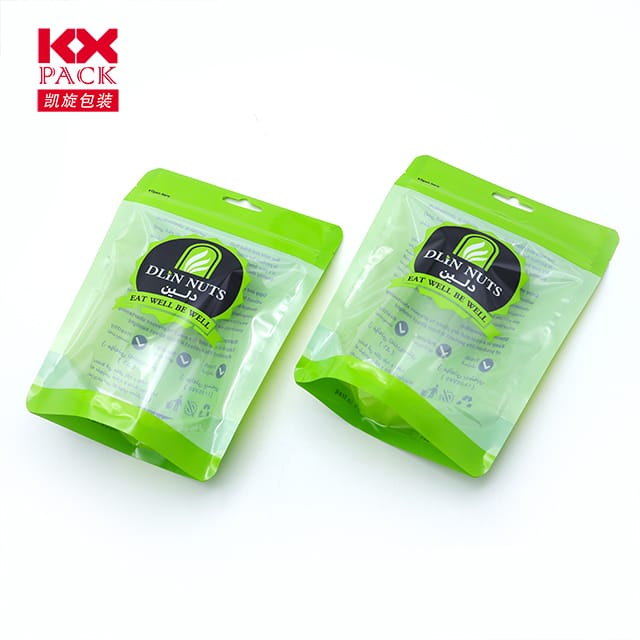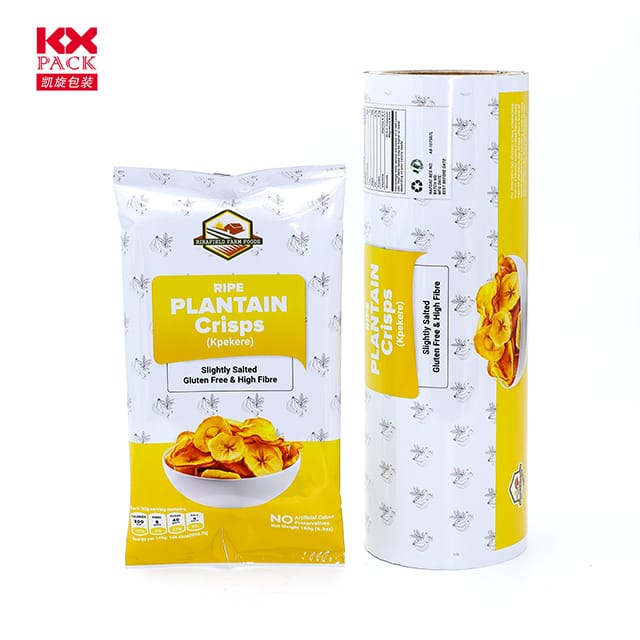نقش و تکامل بسته بندی فیلم پلاستیکی: تعادل عملکرد و پایداری
Plastic Film Packaging
Plastic film packaging has long been a cornerstone of modern consumer goods, غذا, and industrial sectors. Its versatility, مقرون به صرفه, and ability to preserve product freshness have made it indispensable. با این حال, به عنوان نگرانی های زیست محیطی, manufacturers and consumers alike are reevaluating its role. Let’s explore the dynamics of plastic film packaging, its challenges, and its sustainable future.
Why Plastic Film Packaging Dominates the Market
Plastic films, از جمله پلی اتیلن (پلی اتیلن), پلی پروپیلن (PP), and polyvinyl chloride (پی وی سی), are favored for several reasons:
- Protection and Preservation: These films act as barriers against moisture, اکسیژن, و آلاینده ها, extending the shelf life of perishable goods like food, داروهای دارویی, و الکترونیک.
- Lightweight and Flexible: Their malleability allows for custom shapes and sizes, reducing material waste and shipping costs.
- Cost Efficiency: Compared to alternatives like glass or metal, plastic films are cheaper to produce and transport, making them ideal for mass-market products.
- Transparency and Printability: Clear films showcase products, while printed designs enhance branding and consumer appeal.
Environmental Challenges and Industry Responses
Despite its advantages, plastic film packaging faces severe criticism due to its environmental impact:
- Single-Use Waste: A significant portion of plastic films ends up in landfills or oceans, contributing to pollution and harming wildlife.
- Recycling Hurdles: Many plastic films are difficult to recycle due to contamination, mixed materials, or lack of infrastructure.
In response, the industry is pivoting towardsustainable alternatives:
- Biodegradable and Compostable Films: Innovations include plant-based polymers (به عنوان مثال, PLA from corn starch) and oxo-biodegradable additives that accelerate breakdown in natural environments.
- محتوای بازیافت شده: Manufacturers are incorporating post-consumer recycled (PCR) materials into films, reducing reliance on virgin plastics.
- Reusable Packaging Systems: Brands are experimenting with refillable containers and return-and-reuse models to minimize single-use waste.
- فن آوری های پیشرفته بازیافت: Chemical recycling methods, such as pyrolysis, are being explored to transform mixed plastics into reusable raw materials.
Industry Trends Shaping the Future
- Regulatory Pressures: Governments worldwide are imposing stricter rules on plastic use. مثلا, the EU’s Single-Use Plastics Directive bans certain non-recyclable items, pushing companies to innovate.
- Consumer Demand for Eco-Friendly Options: Surveys show that 70% of consumers are willing to pay more for sustainable packaging, driving brands to adopt greener solutions.
- Circular Economy Initiatives: Leading companies are investing in closed-loop systems where packaging is collected, recycled, and repurposed endlessly.
- پیشرفت های تکنولوژیکی:
- Barrier Coatings: Nanotechnology-enhanced films improve oxygen and moisture resistance, reducing the need for thick, multi-layer packaging.
- Edible Films: ساخته شده از جلبک دریایی یا نشاسته, these biodegradable coatings are gaining traction in the food industry.
Case Study: Success in Sustainable Packaging
TakeLoop, a global reusable packaging platform partnering with brands like Unilever and Nestlé. Customers receive products in durable, reusable containers, which are collected, cleaned, and refilled. This model reduces plastic waste by up to 90% compared to single-use packaging.
Similarly, Apeel Sciences has developed an edible, plant-based coating that extends the shelf life of fruits and vegetables, reducing the need for plastic wraps.
The Path Forward: Collaboration and Innovation
Achieving a sustainable future for plastic film packaging requires collective effort:
- Industry Collaboration: Manufacturers, retailers, and recyclers must work together to standardize recycling processes and invest in infrastructure.
- آموزش مصرف کننده: Raising awareness about proper disposal and recycling habits is critical.
- پشتیبانی سیاسی: Governments should incentivize sustainable practices through tax breaks or grants for R&دی.
نتیجه
Plastic film packaging is at a crossroads. While its functionality remains unmatched, the industry must prioritize sustainability to survive. By embracing biodegradable materials, circular economy models, and innovative technologies, manufacturers can reduce their environmental footprint without compromising quality or cost-efficiency.
The question is no longerwhether to use plastic film packaging, buthow to use it responsibly. The future belongs to those who balance innovation with eco-consciousness.
What steps do you think brands should take to make plastic film packaging more sustainable? بیایید در نظرات بحث کنیم! 🌍📦
کلمات کلیدی: plastic film packaging, پایداری, قابل تجزیه زیستی, circular economy, recycling, innovation.







